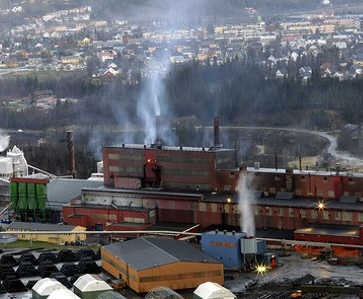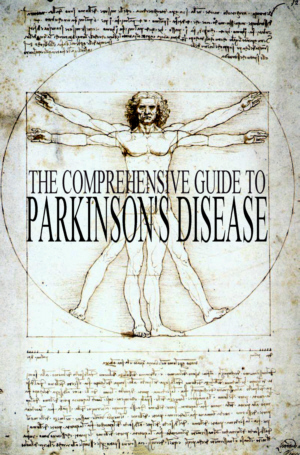|
�
�
�
� � |
Parkinson's Disease News covers
all significant new research, reports, books, and resources concerning
Parkinson's Disease.
Articles are chosen on the basis
of their medical significance or potential interest. Our overwhelming priority
is the facts, regardless of whether they contradict prevailing views or vested
interests. Analysis and further information are provided
either to explain the background or implications, or to
balance misleading claims. If you notice errors or inadequacies, or dispute what is
written, or want to propose articles, please
e-mail
[email protected].
 ��� � ��� �
 ����� �����
 �� �� �� ��
 ���� ����
 ��� � ��� �
 ���� ����
 ���� ����
 ���� ����

�
4th June 2017 - New research
AIR POLLUTION INCREASES THE RISK OF PARKINSON'S DISEASE
|
�CLICK HERE
FOR A
PRINTABLE OR WHITE BACKGROUND VERSION OF THIS ARTICLE |
Researchers investigated the effects of air pollution on the risk of
Parkinson's Disease. They primarily assessed atmospheric particulate matter
(PM), which are solid or liquid matter that is suspended in the atmosphere.
Sources of particulate matter can be man-made or natural, and can very
adversely affect human health. It includes particles such as dust, pollen,
soot, smoke, and liquid droplets. Also assessed was nitrogen dioxide (NO2),
which is a prominent air pollutant. Nitrogen dioxide is formed during the
industrial synthesis of nitric acid, millions of tons of which are produced
each year.
 |
No statistically significant association was observed overall for
particulate matter (PM) or nitrogen dioxide (NO2) exposures and the
risk of Parkinson's Disease. However, a relationship was observed
when the size of the particles was considered. A higher risk of
Parkinson's Disease (1.65 times greater) was associated with higher
exposure to larger particles (PM10). A higher risk of Parkinson's
Disease (1.29 times) was also associated with exposure to smaller
particles (PM2.5). Women were more affected than men. Consequently,
pollution, especially larger particles, is the cause of a moderate
increase in the risk of Parkinson's Disease. The could be higher
when the exposures to pollution are more intense or more prolonged. |
Reference : Environmental Health Perspectives
[2016] 124 (11) : 1759-1765 (R.Liu, M.T. Young, J.C.Chen, J.D.Kaufman,
H.Chen)�
Complete abstract��
�For more news go to
Parkinson's Disease News
�
 E-MAIL NOTIFICATION : If you would like to be
notified by e-mail when any new articles
are added to Parkinson's Disease News,� please merely
e-mail
[email protected] with the message
"subscribe".� No form of identity is required.� E-mail addresses are
not used for any other purpose. E-MAIL NOTIFICATION : If you would like to be
notified by e-mail when any new articles
are added to Parkinson's Disease News,� please merely
e-mail
[email protected] with the message
"subscribe".� No form of identity is required.� E-mail addresses are
not used for any other purpose.
|
|
|
�
 |
THE
COMPREHENSIVE GUIDE TO PARKINSON'S DISEASE
The Comprehensive Guide to Parkinson's
Disease, which is fully referenced, and over 800 pages long, is
the most comprehensive book concerning Parkinson's Disease. It includes the history of Parkinson 's Disease, famous
people with Parkinson's Disease, the complete biochemisty of
Parkinson's Disease,
its cytology and cytological effects,
anatomy and anatomical effects, physiology and physiological
effects, symptoms of every system in the body, the diagnosis methods
(observational, technological, chemical), biochemical causes, all the toxic causes, all the genetic causes, all the
pharmacological causes, all the medical disorders that cause Parkinson's Disease
symptoms, its treatments (biochemical, pharmacological,
surgical, natural, exercise methods, technological methods),
including all those treatments that exist and all those treatments
presently being developed, Parkinson's Disease organisations,
Parkinson's Disease web sites, and books on Parkinson's Disease
nursing.
CLICK HERE FOR MORE DETAILS |
�
|

|
� �
�
�
�
�
�
�
�
�
�
�
�
�
� |
.gif)
.gif)
 ��� �
��� �
 �����
�����
 �� ��
�� ��
 ����
����
 ��� �
��� �
 ����
����
 ����
����
 ����
����




